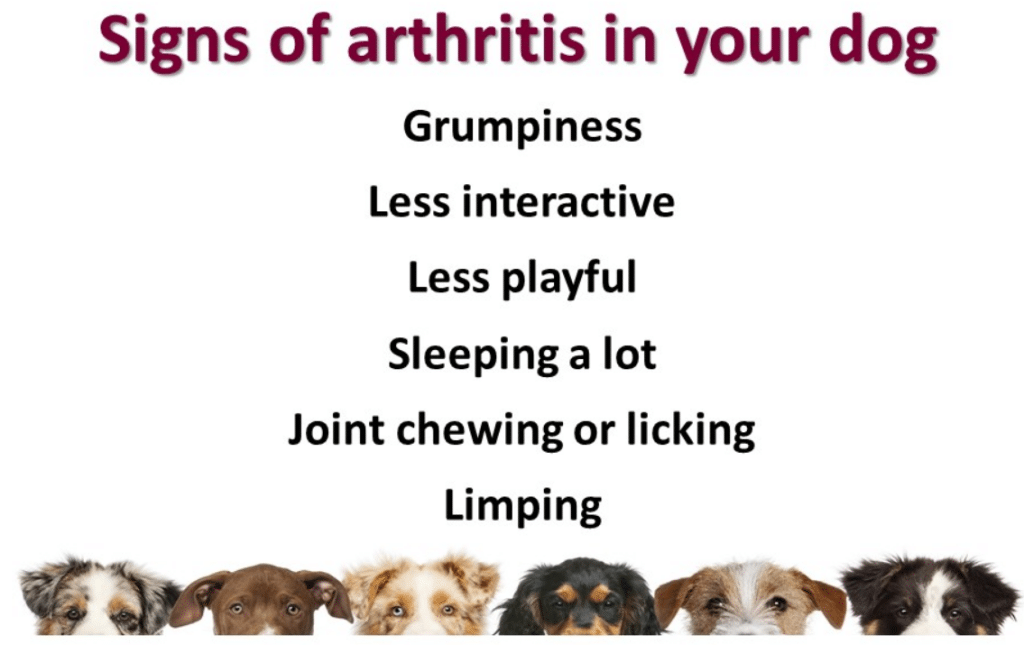Arthritis in dogs is a common yet often misunderstood condition. It affects a significant number of canines, especially as they age, leading to pain, reduced mobility, and a decreased quality of life. Recognizing the symptoms early and adopting effective management strategies is crucial. This blog post aims to provide a comprehensive guide to understanding, diagnosing, and managing canine arthritis, ensuring a comfortable and joyful life for man’s best friend.
Understanding Canine Arthritis

Arthritis in dogs, much like in humans, is a condition that affects joints, causing pain, stiffness, and swelling. It’s most commonly seen in older dogs but can also affect younger canines due to various factors like genetics, injury, or obesity. Early signs include reluctance to move, noticeable stiffness after resting, difficulty in climbing stairs, and a visible decrease in activity levels. Spotting these symptoms early is vital for managing the condition effectively.
Different types of arthritis can affect dogs, each with unique causes and implications. Osteoarthritis, the most common form, is typically seen in older dogs and results from wear and tear on the joints over time. Other types, such as rheumatoid arthritis, are less common and involve the body’s immune system attacking the joint tissues. Understanding the specific type of arthritis affecting a dog is crucial for effective treatment and management.
Veterinary Diagnosis And Treatment Options

A veterinarian plays a critical role in diagnosing canine arthritis. This process often involves a thorough physical examination, detailed medical history, and various diagnostic tests such as X-rays or blood tests. These steps help determine the type and severity of arthritis, paving the way for an appropriate treatment plan.
Treatment for canine arthritis typically includes a combination of medication and lifestyle changes. Medications such as nonsteroidal anti-inflammatory drugs (NSAIDs) are commonly prescribed to reduce pain and inflammation. In more severe cases, surgical options might be considered, such as joint replacement or arthroscopy. The vet might also recommend a weight management plan if obesity is a contributing factor, as reducing weight can significantly decrease joint stress.
Nutritional Management

Nutrition plays a crucial role in managing arthritis in dogs. A balanced diet helps maintain an optimal weight, reducing the strain on arthritic joints. It’s essential to feed dogs a high-quality diet formulated for their specific life stage and health condition. Overfeeding should be avoided, as excess weight can exacerbate arthritis symptoms.
Supplements can also be beneficial in managing canine arthritis. Ingredients like glucosamine and chondroitin are known to support joint health, and omega-3 fatty acids can help reduce inflammation. Always consult with a veterinarian before adding supplements to a dog’s diet, as they can advise on the appropriate type and dosage for the individual dog’s needs.
Exercise And Physical Therapy

Regular exercise is vital for dogs with arthritis, helping to maintain joint flexibility and muscle strength. However, it’s important to tailor these activities to the dog’s abilities and pain level. Gentle walks, swimming, and controlled play sessions are excellent low-impact exercises. Consistency is key, with shorter, more frequent sessions often being more beneficial than sporadic, intense activities.
Physical therapy offers additional benefits for managing canine arthritis. Techniques such as hydrotherapy and therapeutic massages can significantly improve joint mobility and reduce pain. Certified animal physical therapists can design specific programs that cater to a dog’s individual needs, ensuring exercises are safe and effective. These programs often include stretches and range-of-motion exercises, which are crucial for maintaining joint health.
Pain Management Strategies

Effective pain management is a cornerstone of treating arthritis in dogs. There are several non-medical techniques that can significantly alleviate discomfort. For instance, regular massages can help increase circulation and reduce muscle tension, while applying heat or cold packs can provide temporary pain relief. These methods, used alongside medical treatments, can greatly enhance a dog’s comfort.
Pain medications, including NSAIDs and opioids, are often prescribed for dogs with severe arthritis. However, these should be used under strict veterinary supervision due to potential side effects. It’s also crucial to monitor the dog’s response to medication and adjust dosages as needed. In some cases, alternative pain relief options like acupuncture may also be recommended.
Home Environment Adjustments

Adjusting the home environment can greatly aid dogs suffering from arthritis. Providing a soft, supportive bed helps alleviate joint pain, especially in colder weather. Placing rugs or non-slip mats on slippery floors can prevent falls and injuries, making movement safer and more comfortable.
Other modifications include installing ramps or steps to help dogs access furniture or vehicles without jumping. Elevated food and water bowls can reduce neck and back strain during eating. These small changes in the home can make a significant difference in managing a dog’s arthritis symptoms and improving their overall quality of life.
Holistic And Alternative Treatments

Holistic and alternative therapies are becoming increasingly popular in managing canine arthritis. Treatments like acupuncture, which involves inserting fine needles into specific points on the body, can stimulate nerves and relieve pain. Another option is hydrotherapy, which allows dogs to exercise in a low-impact environment, reducing stress on their joints.
Before exploring these treatments, it’s important to consult with a veterinarian to ensure they complement conventional treatments and are suitable for the dog’s specific condition. Many owners find that combining traditional and alternative therapies offers the most comprehensive approach to managing canine arthritis, enhancing their pet’s comfort and mobility.
The Bottom Line
Managing canine arthritis requires a comprehensive approach that includes medical treatment, proper nutrition, physical therapy, and environmental modifications. Early diagnosis and consistent management can significantly improve a dog’s quality of life. While arthritis is a chronic condition, with the right care and attention, dogs can enjoy comfortable, active lives. Owners should work closely with their veterinarian to develop a tailored treatment plan, ensuring their furry companion remains as pain-free and happy as possible.